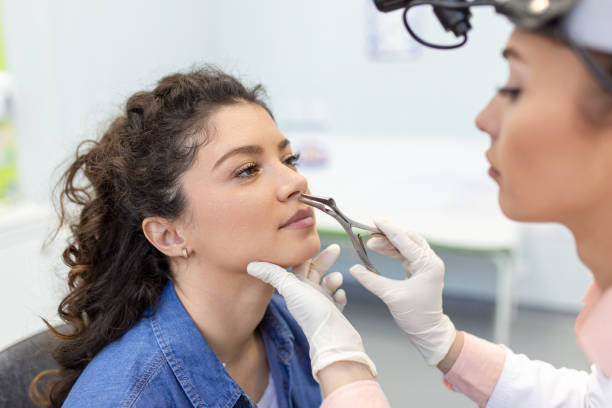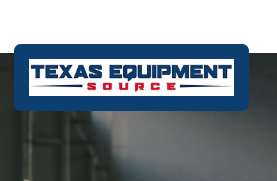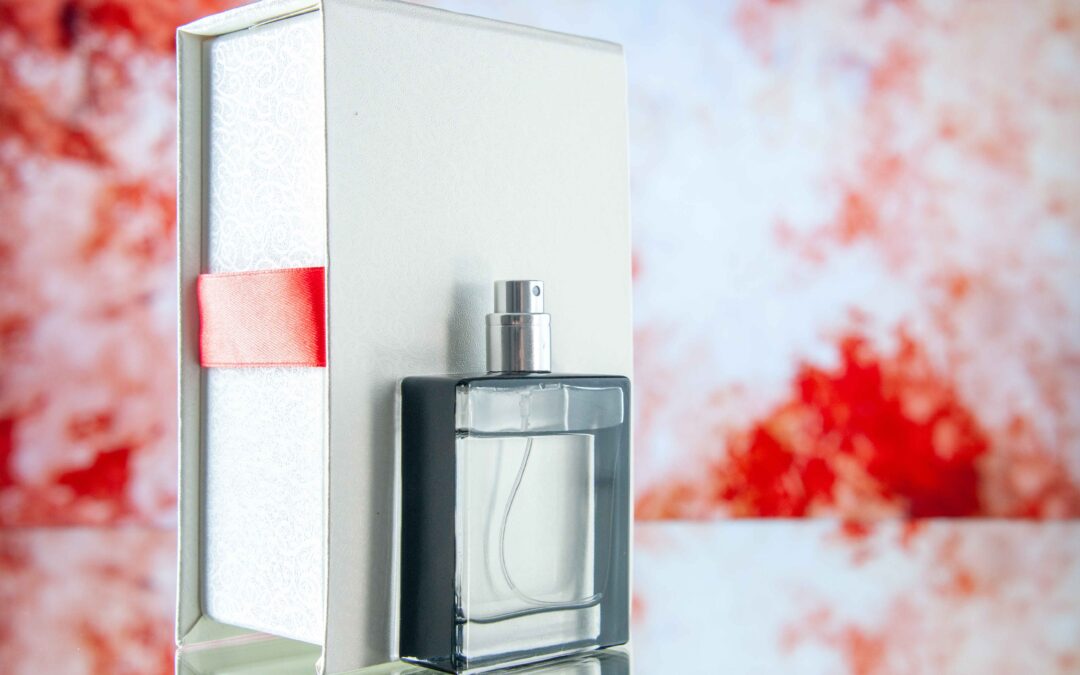Alarplasty has emerged as a popular cosmetic procedure for individuals seeking to refine the shape and size of their nostrils. If you’re considering ways to enhance facial harmony or correct disproportionate nostril width, understanding the safety and effectiveness of this procedure is essential. Alarplasty in Abu Dhabi has gained recognition for its minimally invasive nature and promising outcomes. But many potential patients wonder: is alarplasty safe for reducing nostril width issues? This comprehensive guide aims to answer that question and provide insights into the procedure’s safety profile.
Understanding Alarplasty: What It Entails
What Is Alarplasty?
Alarplasty is a specialized surgical technique designed to alter the size, shape, or width of the nostrils. It involves precise modification of the alar rims—the outer edges of the nostrils—to achieve a more balanced facial appearance. This procedure can address concerns like overly wide nostrils, asymmetry, or flared nasal tips, making it a versatile option for facial aesthetic corrections.
Why Choose Alarplasty?
Patients opt for alarplasty to improve nasal proportions, enhance facial harmony, or correct structural irregularities that cause aesthetic dissatisfaction. The procedure is often performed alongside other rhinoplasty techniques or as a standalone intervention, depending on individual needs. Its minimally invasive approach typically results in a quick recovery, with minimal scarring when performed by experienced surgeons.
Safety Considerations of Alarplasty
Is Alarplasty a Safe Procedure?
The safety of alarplasty largely depends on the surgeon’s expertise, the patient’s individual health status, and adherence to pre- and post-operative care protocols. When performed by qualified professionals, alarplasty is considered a safe surgical option with a low complication rate. It is important to understand that, like any surgical intervention, it carries some inherent risks, but these are generally minimal when proper procedures are followed.
Key Factors Ensuring Safety
- Qualified Surgical Expertise: Choosing an experienced surgeon familiar with nasal anatomy and aesthetic techniques reduces the risk of complications.
- Thorough Pre-Operative Evaluation: Proper assessment ensures suitability for the procedure and helps tailor the surgical plan.
- Adherence to Post-Operative Care: Following medical advice during recovery minimizes risks and promotes optimal healing.
Common Safety Protocols
Most clinics adhere to strict sterilization standards and employ advanced surgical techniques to minimize the risk of infection, bleeding, or undesirable scarring. Patient safety is prioritized at every stage of the procedure.
The Procedure: What to Expect
Pre-Operative Preparation
Before undergoing alarplasty, patients typically undergo consultations to discuss goals, evaluate nasal structures, and plan the surgical approach. This stage involves imaging or physical assessment to determine the precise adjustments needed.
Surgical Technique
The procedure generally involves making small incisions either inside the nostrils or along the alar rim. Excess tissue or cartilage is then carefully removed or reshaped. The incisions are closed with fine sutures, resulting in minimal visible scarring. The procedure duration varies but is usually completed within an hour.
Post-Operative Care and Recovery
Post-surgical care includes managing swelling and discomfort, avoiding strenuous activities, and following hygiene instructions. Swelling and minor bruising are common but typically resolve within a few days to weeks. Patients are usually able to return to normal activities shortly after the procedure.
Effectiveness and Long-Term Results
Achieving Natural-Looking Outcomes
When performed by skilled surgeons, alarplasty yields natural-looking results that complement facial features. The procedure effectively narrows or reshapes the nostrils to align with aesthetic preferences.
Longevity of Results
The results of alarplasty are generally permanent, provided proper surgical techniques are used. However, natural aging processes and environmental factors can influence nasal appearance over time.
Addressing Common Concerns About Safety
Are There Any Long-Term Risks?
While alarplasty is considered safe, some individuals may experience minor issues such as asymmetry, scarring, or changes in nasal sensitivity. Most of these concerns are manageable and can be addressed with revision procedures if necessary.
How Can Risks Be Minimized?
Choosing a reputable clinic with qualified surgeons, following all pre- and post-operative instructions, and maintaining realistic expectations contribute significantly to safe outcomes.
Why Choose Alarplasty in Abu Dhabi?
Expertise and Advanced Techniques
The city is home to highly trained surgeons specializing in nasal aesthetic procedures. They utilize advanced techniques and state-of-the-art facilities to ensure safety and optimal results.
Customized Treatment Plans
Each patient receives a personalized approach tailored to their facial anatomy and aesthetic goals, which enhances safety and satisfaction.
Comprehensive Care and Support
From consultation to recovery, patients benefit from comprehensive care, ensuring safety at every step.
Conclusion
Alarplasty Abu Dhabi is a safe and effective option for individuals seeking to reduce nostril width issues or improve nasal aesthetics. When performed by experienced surgeons in a reputable setting, the procedure offers predictable, natural results with minimal risks. Proper patient selection, meticulous surgical technique, and adherence to post-operative care are crucial to ensuring safety and satisfaction. If you’re contemplating nasal refinement, consult with qualified specialists to explore whether alarplasty aligns with your aesthetic goals.







0 Comments